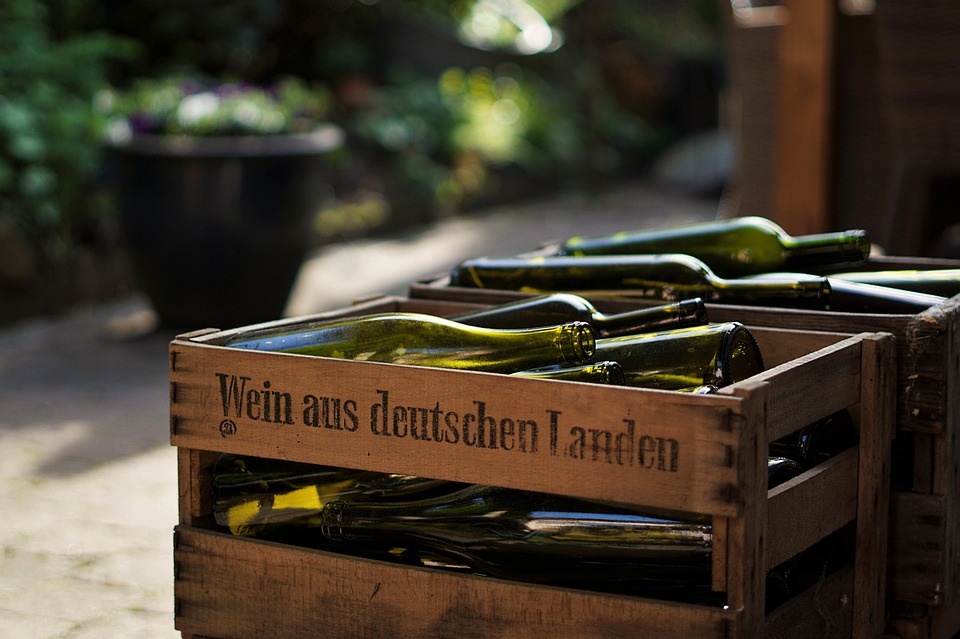Discover the diverse and elegant wines of Germany, dry as well as sweet, red as well as white. If you think you know all about German wine, drink again! One of the most northern wine-producing
Discover the diverse and elegant wines of Germany, dry as well as sweet, red as well as white. If you think you know all about German wine, drink again!
One of the most northern wine-producing countries in the world, Germany is split into 13 wine regions. With the exceptions of two eastern regions, they are all concentrated in the south and southwestern part of Germany. The cool climate results in a long growing season, allowing the grapes to ripen slowly, maintaining fruity acidity, developing natural sugars, and absorbing minerals from the soil.
In this article, we will discover the three main wine regions of the country.
Riesling wine and the Mosel region
Generally lower in alcohol, German wines are uniquely refreshing and aromatic. If you tried German wine before, chances are it was white. Germany’s flagship wine variety is Riesling, accounting for over 20 percent of the vineyard area. Germany produces two-thirds of the world Riesling in styles ranging from bone-dry through to lusciously sweet. The most famous example is the Moselle Riesling. It is light, refreshing with hints of lime, flowers, and sometimes honey on the nose, along with mouth-watering acidity and mineral flavors on the palate.
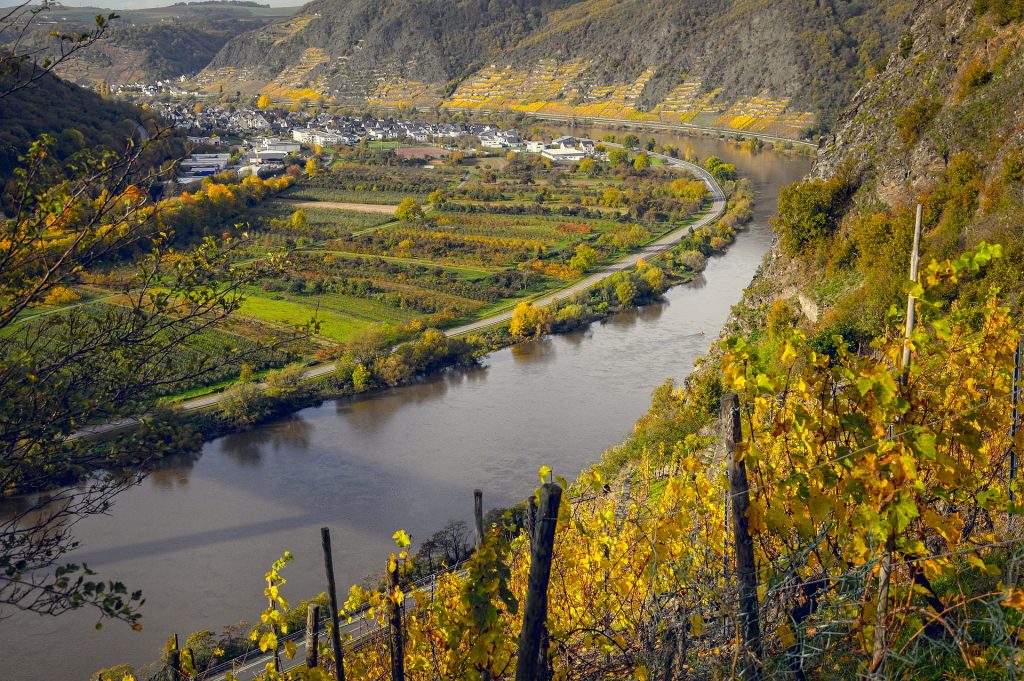
Here 151 miles of vineyards are reserved, especially for the king white wines, Riesling. The Mosel, Saar and Ruwer valleys are known for their steep sights. Half of the grapes grow on slopes of slate rocks from an angle of incline exceeding 30 percent. The Bremmer Calmont is the steepest vineyard in the world has an inclination of 68 percent. One who works in this vineyard should not fear heights. No wonder why such rack railways are not unusual when there is work to do in the vineyards. They help growers manage to do their work in the steep sites without too much effort. Even the Romans appreciated the Mosel’s natural advantages for they cultivated the first vines of Germany 2000 years ago. Of course, technological possibilities were very limited, grapes were trodden by foot or pressed by hand and we have no idea how these wines might have tasted. The Romans laid the foundation for the hospitality of this region and it is highly rated to this day. Whether it is a small tasting or a large wine festival, locals and visitors are invited to join in the celebration to enjoy a glass of the famous white wine, for the Mosel region boasts the world’s largest contiguous surface planted with Riesling.
Rheinhessen region
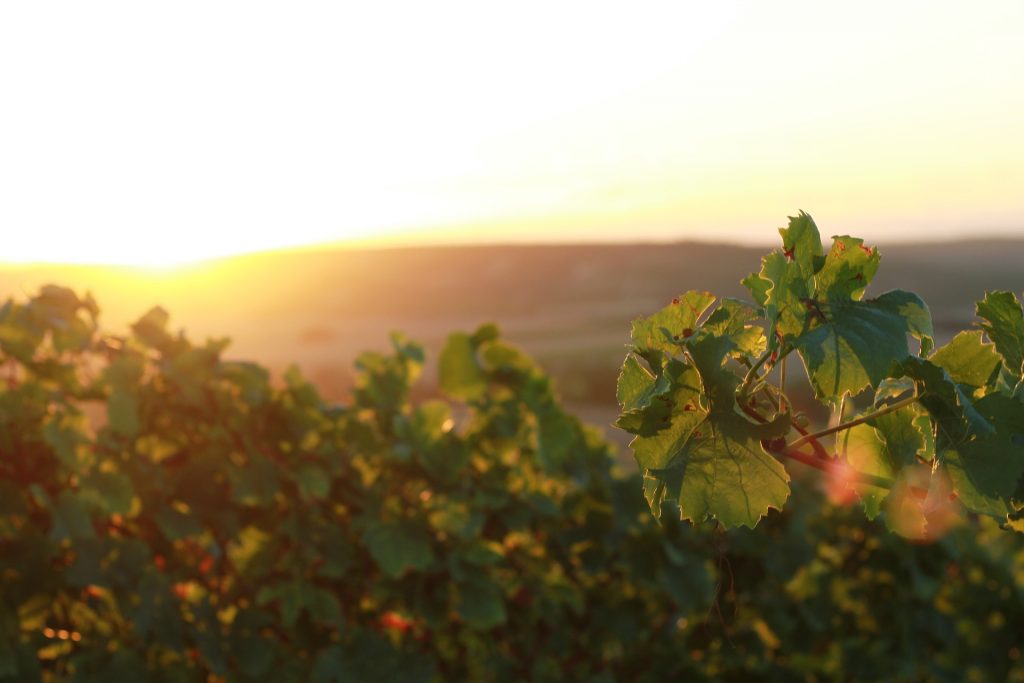
By contrast, the Riesling wine produced in the warmer regions like the Rheinhessen is often drier in style with stone fruit aromas, a fuller body, and a rounder mouthfeel. Rheinhessen is Germany’s largest wine-growing region. Rheinhessen is located in the state of Rheinland-Pfalz, and Mainz is its capital. The landmark of the city is Mainz Cathedral. The old town of Mainz is well preserved and a great place to relax before heading into the heart of the Rheinhessen wine region. Some 20 percent of the region is planted with vines. About 4000 growers produce more than 2 million hectoliters of wine in Rheinhessen annually. Some of the top sites of Rheinhessen are adjacent to the Rhine river, namely the Red Slope, where the grapes for superb Riesling wine grow. Many factors come together on the Red Slope; they account for the vineyard’s world-class status. The sun, the Rhine, its humidity and the mineral rich-red soil, which imparts a mineral tone, especially to Riesling grapes. All of these elements can later be tasted in the glass.
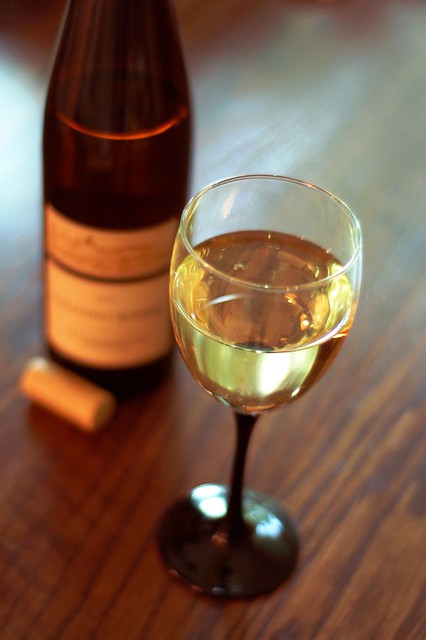
Germany’s elegant Rieslings with palate-cleansing acidity are the perfect partner to today’s popular Asian and fusion cuisines.
Spätburgunder wine and Baden region
It may come as a surprise to you that Germany also produces red wines, in fact it is the third-largest producer of Pinot Noir in the world after France and America. Known as Spätburgunder in Germany, these grapes are grown in the more southerly wine regions such as Franken and Baden-Württemberg.
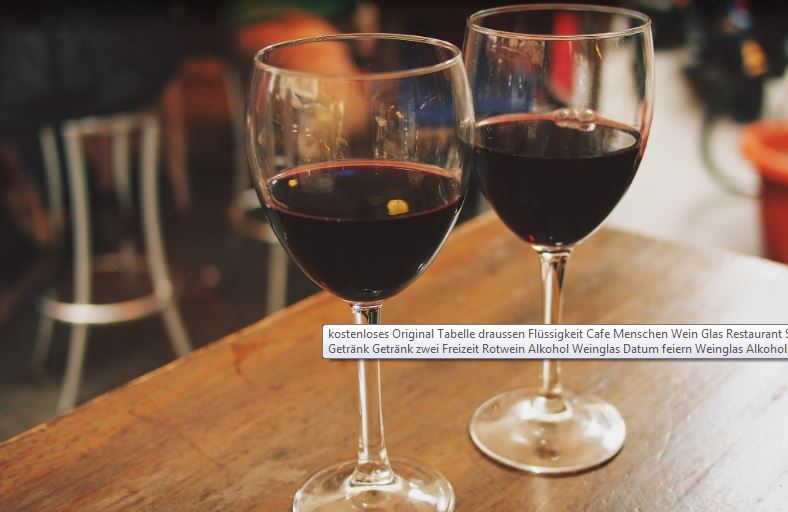
Baden is the southernmost and longest wine-growing region of Germany. It stretches for more than 200 miles from top all the way down to the Bodensee or Lake Constance. The unique nature of Baden lies in its cultural landscape which is like a garden, unique because of its marvelous climate which is reminiscent of Italy’s wonderful sunshine. Baden is the only German wine region that is grouped within the same viticultural climatic zone as Champagne in France for example. The steep lakeside slopes of Lake Constance are ideal sites for vineyards. The grapes benefit from the sunlight and warmth reflected by the surface of the lake and yield lively wine, velvety smooth with a slightly sweet aroma. With its delicate cherry notes, Spätburgunder is an ideal accompaniment to game dishes.
We hope you’ve learned something new about Germany’s wines and that you now have the urge to try them in moderation, of course.

